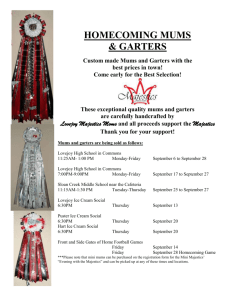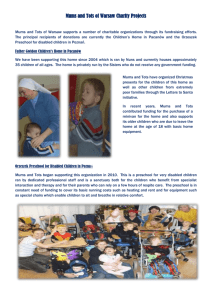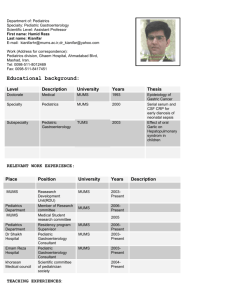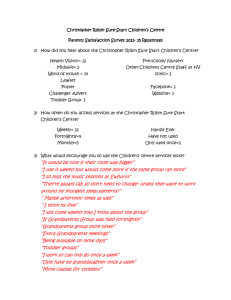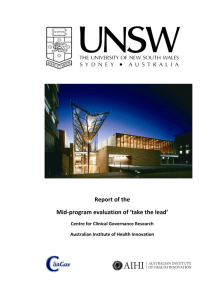Robin Trott, Extension Educator
advertisement
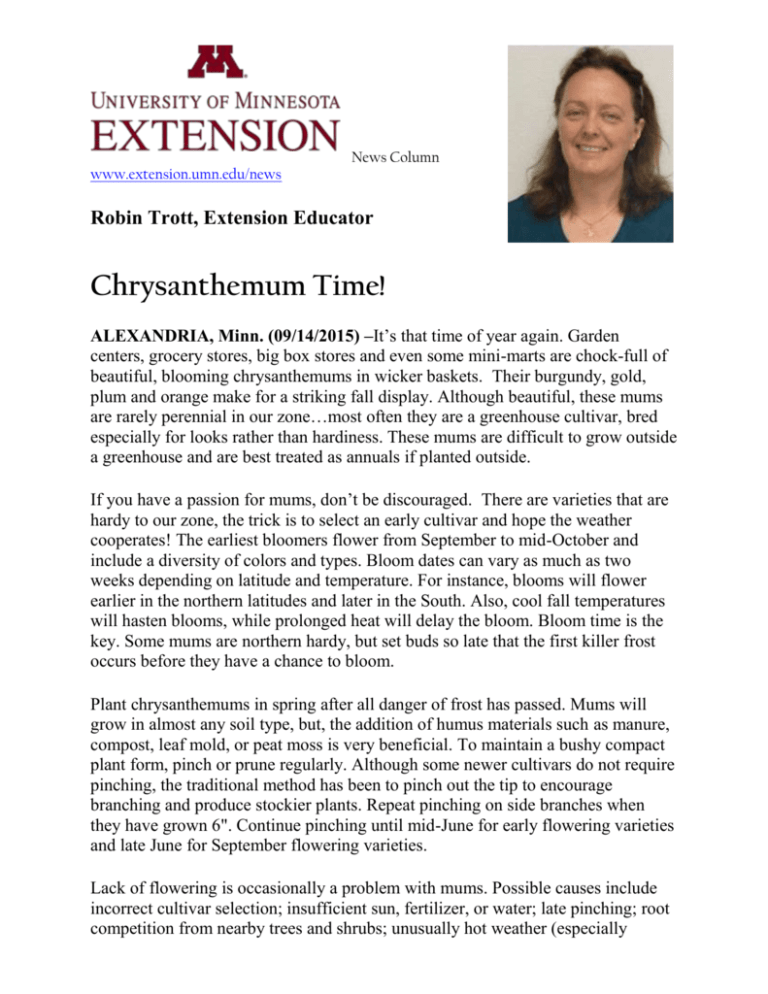
www.extension.umn.edu/news News Column Robin Trott, Extension Educator Chrysanthemum Time! ALEXANDRIA, Minn. (09/14/2015) –It’s that time of year again. Garden centers, grocery stores, big box stores and even some mini-marts are chock-full of beautiful, blooming chrysanthemums in wicker baskets. Their burgundy, gold, plum and orange make for a striking fall display. Although beautiful, these mums are rarely perennial in our zone…most often they are a greenhouse cultivar, bred especially for looks rather than hardiness. These mums are difficult to grow outside a greenhouse and are best treated as annuals if planted outside. If you have a passion for mums, don’t be discouraged. There are varieties that are hardy to our zone, the trick is to select an early cultivar and hope the weather cooperates! The earliest bloomers flower from September to mid-October and include a diversity of colors and types. Bloom dates can vary as much as two weeks depending on latitude and temperature. For instance, blooms will flower earlier in the northern latitudes and later in the South. Also, cool fall temperatures will hasten blooms, while prolonged heat will delay the bloom. Bloom time is the key. Some mums are northern hardy, but set buds so late that the first killer frost occurs before they have a chance to bloom. Plant chrysanthemums in spring after all danger of frost has passed. Mums will grow in almost any soil type, but, the addition of humus materials such as manure, compost, leaf mold, or peat moss is very beneficial. To maintain a bushy compact plant form, pinch or prune regularly. Although some newer cultivars do not require pinching, the traditional method has been to pinch out the tip to encourage branching and produce stockier plants. Repeat pinching on side branches when they have grown 6". Continue pinching until mid-June for early flowering varieties and late June for September flowering varieties. Lack of flowering is occasionally a problem with mums. Possible causes include incorrect cultivar selection; insufficient sun, fertilizer, or water; late pinching; root competition from nearby trees and shrubs; unusually hot weather (especially nights) in August, unusually cold weather in late August and September; and insect, or disease injury. Mums vary widely in cold hardiness. Proper location (good drainage and protection from winter winds) and a winter mulch of 4 - 6" of shredded leaves, hay, straw, or evergreen branches applied as soon as the soil surface freezes is critical to winter survival. For more information about selecting and growing mums in Minnesota, visit: www.maes.umn.edu/sites/maes.umn.edu/files/2014%20MN%20Hardy%20Chrysa nthemum.pdf Until next time, happy gardening! ••••••••••••••• "When, lo! I mark a little way apart The sovereign glory of this waning year That now, alone, unheralded hath come, In gorgeous robes - alas, my fickle heart Forgets the dead, and laughs that she is here, The royal queen of fall, Chrysanthemum." Albert Bigelow Paine ••••••••••••••• Robin Trott is a Horticulture Educator with University of Minnesota Extension. Source: Robin Trott, University of Minnesota Extension, (320)762-3890, trot0053@umn.edu University of Minnesota Extension is an equal opportunity educator and employer.

